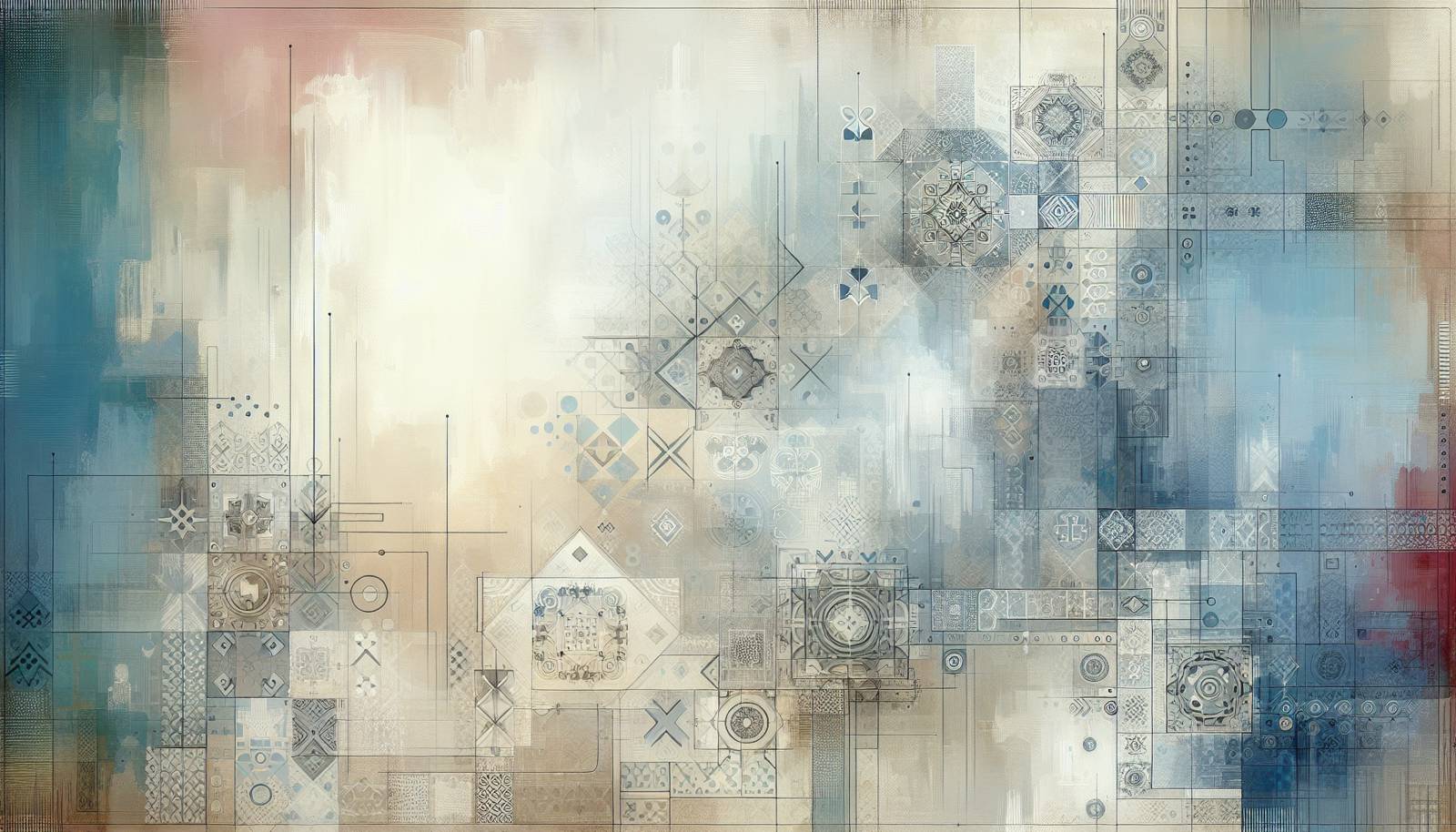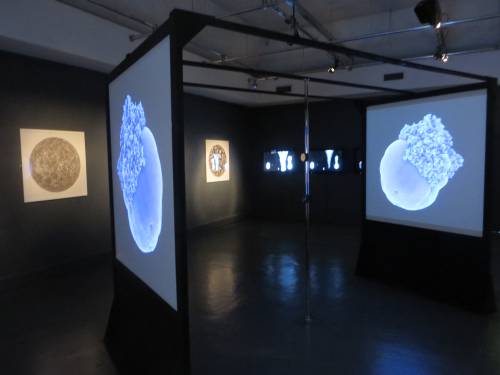
FAQ About Impact of Digital Art in Traditional Museums

What is digital art?
Digital art refers to art that is created or presented using digital technology. This can include animations, photographs, digital paintings, interactive installations, and more created using computers, software, and other digital tools.

How is digital art integrated into traditional museums?
Digital art is integrated into traditional museums through various displays such as digital screens, interactive installations, and virtual reality setups. These implementations allow audiences to engage with art in new, dynamic ways, often resulting in interactive and immersive experiences.

What are the benefits of integrating digital art into traditional museums?
Integrating digital art into traditional museums can enrich the visitor experience, attract diverse audiences, and offer new opportunities for education and engagement. Digital art allows for interactive and multimedia-rich exhibitions that can make art more accessible and engaging, especially for younger visitors.

How does digital art impact audience engagement in museums?
Digital art can significantly enhance audience engagement by offering interactive and participatory experiences. It can attract tech-savvy visitors and younger audiences, encouraging them to interact with exhibits in more personalized and immersive ways, thereby increasing visitor dwell time and enhancing the educational experience.

Can digital art coexist with traditional art in museums?
Yes, digital art can coexist with traditional art in museums. Many museums are curating exhibits that combine digital and traditional artworks to offer diverse artistic experiences. This coexistence encourages dialogue between classical artistry and contemporary digital techniques, enriching the museum's overall narrative and appeal.

Are there challenges associated with integrating digital art in museums?
There are several challenges including technical issues, such as equipment malfunction and high maintenance costs, as well as the need for staff training in digital technologies. Additionally, some traditionalists may resist changes, perceiving digital art as less valuable compared to traditional forms.

How do museums preserve digital art?
Preserving digital art involves maintaining both the physical components, like screens and computers, and the software or digital files themselves. Museums often employ digital preservation techniques such as archiving files in multiple formats, using emulation to recreate old technologies, and investing in ongoing technical support.

What role do interactive digital installations play in museums?
Interactive digital installations play a crucial role in enhancing visitor engagement by allowing audiences to participate directly with the art. These installations can respond to visitors' movements, voices, or even digital inputs, creating a unique and memorable experience that encourages deeper exploration and reflection.

Has the integration of digital art attracted more visitors to museums?
Yes, the integration of digital art has generally attracted more visitors, particularly younger audiences and those interested in technology-driven experiences. By offering something innovative and different, museums can reach a wider audience and encourage repeat visits.

What are some examples of digital art pieces in traditional museums?
Examples include interactive exhibits like Rafael Lozano-Hemmer's 'Pulse Room,' which captures and visualizes visitors' heartbeats. Another example is the digital reproductions used in the Louvre's 'Mona Lisa: Beyond the Glass', an augmented reality project that allows visitors to interact with one of the most famous paintings in the world.

Do traditional museums invest in digital art exhibitions?
Many traditional museums are increasingly investing in digital art exhibitions to stay relevant and competitive in the evolving cultural landscape. Institutions like the British Museum and the Louvre have dedicated resources to digital exhibitions as a way to revitalize their offerings and appeal to tech-savvy audiences.

How do museums ensure inclusivity with digital art?
Museums ensure inclusivity by making digital art accessible to all visitors, including those with disabilities. This may involve incorporating features like audio descriptions, tactile elements, and adaptable interfaces, as well as developing programs and exhibits that cater to a wide range of cultural and social backgrounds.

How does digital art influence the curation process in museums?
Digital art influences the curation process by demanding new skills and approaches for presenting and interpreting artworks. Curators need to consider technological aspects, interactivity, and visitor experience, which may alter traditional narratives and exhibition layouts to accommodate digital content effectively.

What technologies are commonly used for displaying digital art in museums?
Common technologies include high-resolution screens, projectors, interactive kiosks, virtual and augmented reality devices, and advanced software programs for creating and managing digital content. These tools enable museums to create engaging and dynamic exhibitions that appeal to modern audiences.

Are there educational programs focused on digital art in museums?
Yes, many museums offer educational programs focused on digital art, including workshops, tours, and interactive sessions. These programs aim to educate visitors about the creation and appreciation of digital art, as well as how technology influences modern artistic practices.

What impact does digital art have on traditional art forms in museums?
Digital art can complement traditional art forms by offering new perspectives and ways of engagement. It can provide additional context or reinterpret classical works through a modern lens. However, it can also pose challenges, such as diverting attention away from traditional mediums and altering the way art is perceived.

How do audiences typically respond to digital art in traditional settings?
Audience responses to digital art can be very positive, especially among younger and more technologically inclined visitors. Many appreciate the interactive and modern aspects of digital art, which can make the museum experience more engaging and memorable. However, some traditional art enthusiasts may be skeptical about its place in conventional settings.

What future developments are expected in the integration of digital art in museums?
Future developments may include increased use of virtual and augmented reality, more sophisticated interactive installations, and greater integration of artificial intelligence in curatorial practices. These advancements are expected to offer even more immersive experiences and further blur the lines between digital and traditional art.

Why is it important for museums to evolve with digital art?
It’s important for museums to evolve with digital art to remain relevant and engaging in a rapidly changing world. Digital art provides new ways to tell stories and engage with diverse audiences, ensuring that museums can continue to fulfill their educational and inspirational roles effectively.

How do museums balance between showcasing digital and traditional art?
Museums balance showcasing digital and traditional art by curating exhibitions that integrate both forms, creating dialogue and drawing connections between different artistic practices. They may also designate specific areas for digital exhibitions and use technology to enhance traditional displays, ensuring neither form is overshadowed.
